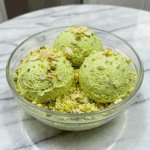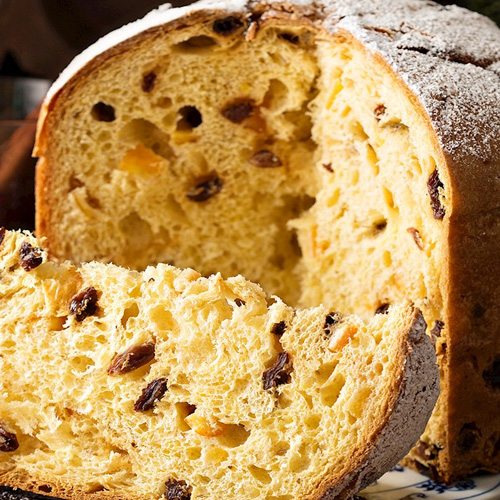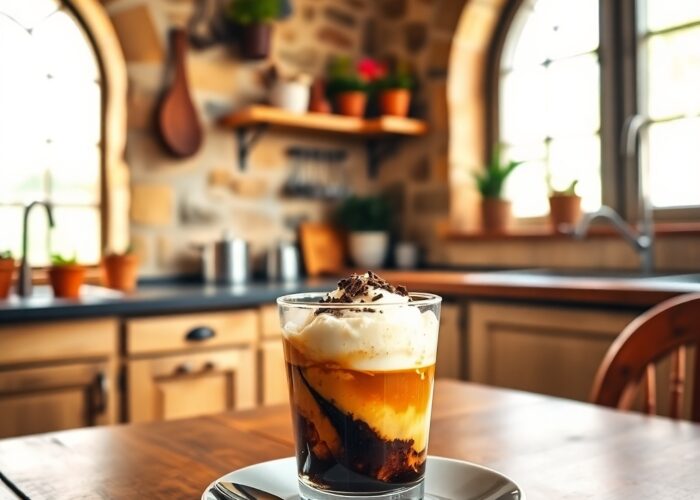Zuppa Inglese Dessert: Italian Trifle Made with Alchermes and Custard Cream
You know, Zuppa Inglese isn’t just another dessert. It’s like a little piece of nostalgia on a plate. Imagine that soft, custardy, liqueur-soaked goodness that feels both fancy and familiar.
Honestly, it’s the kind of treat that pulls at your heartstrings. I can still picture myself as a kid, hanging out in the kitchen. The custard bubbling away on the stove, that heavenly aroma of vanilla and citrus filling the air. And the sponge cake, drenched in that stunning ruby red Alchermes? It felt downright magical. And that first cold spoonful? Just pure comfort.
At its heart, Zuppa Inglese is Italy’s version of the English trifle. But trust me, it’s not just a copycat. This dessert is bold and unapologetically Italian, layered with rich, boozy goodness.
You kick things off with sponge cake or ladyfingers that soak up that bright red Alchermes. This spiced liqueur—think cinnamon, cloves, and a hint of rose gives it a unique twist. Then comes the star of the show: crema pasticcera, a silky pastry cream made from egg yolks, milk, and sugar.
And hey, some folks even toss in chocolate pastry cream for an extra layer of flavor. Each spoonful is smooth, fragrant, and just indulgent enough to make you smile.
A Dessert with Deep Roots
Now, Zuppa Inglese literally means “English soup.” But don’t let that name trick you—this is a dessert that proudly waves the Italian flag.
Historians believe it was inspired by English trifle, making its debut back in the 16th or 17th century. One theory suggests it started in the court of the Dukes of Este in Emilia-Romagna, where English recipes mixed with local flavors.
Over the years, Italians took that idea and made it their own. Richer, brighter, and definitely louder. The addition of Alchermes? That’s what really seals the deal.
Zuppa Inglese is a bridge between the past and the present. It’s got history in every delicious layer, but it never feels dated. It’s bold, beautiful, and absolutely unforgettable.
Zuppa Inglese is Popular
Zuppa Inglese is especially beloved in central Italy, including Emilia-Romagna, Tuscany, and Umbria, where it’s commonly served at family meals, Sunday lunches, and holidays. Over time, it has become a staple of Italian home cooking and pasticceria menus across the country.
Alchermes Liqueur?
Alchermes is a traditional Italian liqueur famous for its bright red color, intense aroma, and centuries-old history. Infused with a blend of spices and floral notes, it’s most commonly used in classic Italian desserts like Zuppa Inglese, where it brings a distinctive flavor and a bold, eye-catching appearance. if If you cannot find Alchermes, substitute it with your favorite tasting sweet liquor such as amaretto or a mix of raspberry liqueur (like Chambord) and a splash of brandy or rum for depth.
When I Serve Zuppa Inglese
Whether it’s for a family lunch or a holiday gathering, this Italian classic never disappoints.
I usually chill it overnight so the flavors really come together, the Alchermes soaks into the sponge, the custard sets just right, and the whole thing becomes wonderfully rich and balanced. I like serving it in a big glass bowl so the colorful layers can shine. But when I want to make it feel a bit fancier, I’ll scoop it into individual dessert glasses and top each with a bit of whipped cream or a dusting of cocoa powder.
It’s one of those desserts that’s best cold, but I sometimes let it sit for about 10 minutes out of the fridge before serving, it softens slightly, and the texture becomes even more luxurious. I’ll pair it with a shot of espresso, or, if it’s a festive meal, maybe a small glass of vin santo or a dessert wine.
Storage
Refrigeration
Store in an airtight container or tightly covered dish. Keep it in the refrigerator for up to 3 days.
The flavors often deepen after a few hours, so it’s perfect to make a day in advance.
Freezing (Not Recommended)
While you can technically freeze Zuppa Inglese, it’s not ideal. The texture of the pastry cream and soaked sponge can become watery or separate when thawed. For best results, enjoy it fresh from the fridge.













